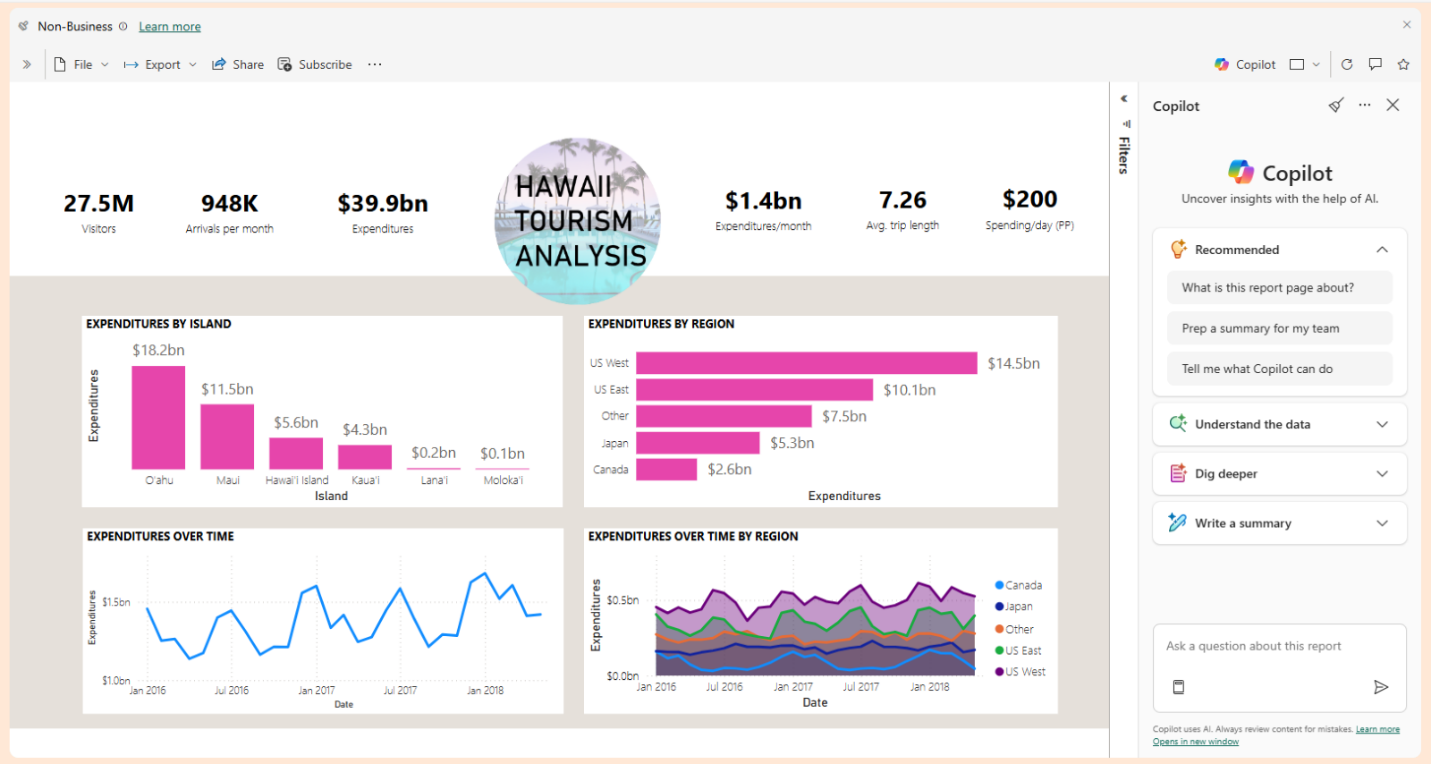Microsoft has rolled out a major update to Copilot in Visual Studio, introducing smarter defaults and expanded model options. The improvements aim to give developers greater control, improved performance, and a more seamless coding experience.
Here’s what you need to know:
Smarter by default: Copilot now runs on GPT-4.1 by default—bringing faster responses, higher-quality suggestions, and overall better performance.
More model choices: You can now choose from a wider range of models, and your selection stays active across threads for a smoother workflow.
Easier usage tracking: A new Copilot Consumptions panel lets you monitor usage across chat, inline suggestions, and more. Just click the Copilot badge in the top-right corner of Visual Studio.
All-in-one Visual Studio Hub: Stay up to date with the latest release notes, videos, social content, and community discussions—all in one place.









